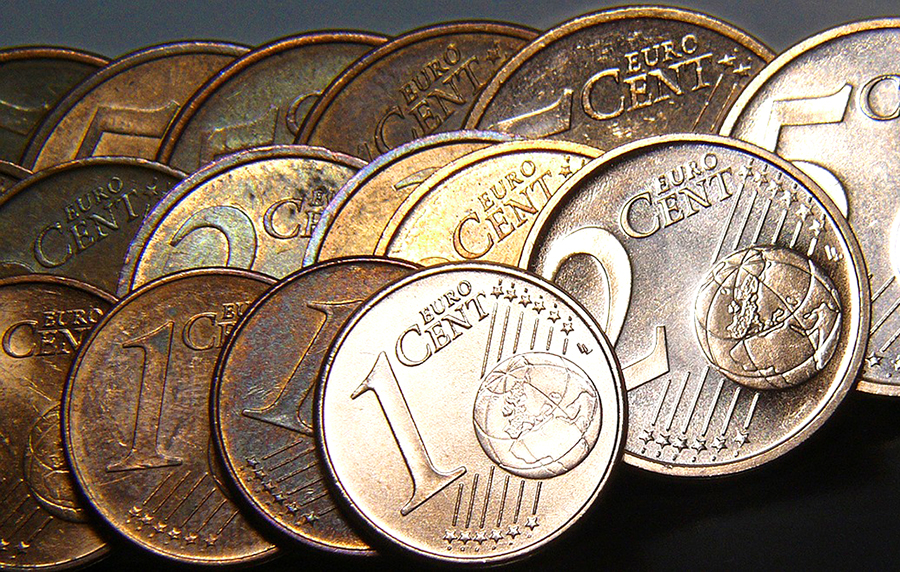Bank of Estonia intends to cease the issuance of 1 and 2 euro cent coins, citing environmental benefits and minimal impact on inflation. To implement this change, the central bank is preparing new rounding rules that will facilitate the removal of these small denomination coins from circulation, as reported by ERR.
According to Wright Roosvee, Head of the Cash and Infrastructure Department at the Bank of Estonia, this process will take around a year and a half. The elimination of one and two cent coins will not affect the prices of goods in stores, as rounding requirements will not apply to card payments.
“There are currently two options. The first is to centrally introduce the European Commission’s rounding rule to the nearest five cents. However, not all countries agree on this at the moment, although several countries have independently implemented rounding rules in their own countries, such as Finland, the Netherlands, Belgium, Ireland, Italy, and now Slovakia,” stated Roosvee. The second option, according to Estonian bankers, is to establish separate rounding rules in Estonia.
Since Estonia’s adoption of the eurozone, the Bank of Estonia has introduced 612 tons of one and two cent coins into circulation. Each year, 6.7 million one euro cent coins and six million two euro cent coins are issued. Subsequently, the country faces challenges in recycling these coins. Moreover, such coins cause more harm to the environment than, for example, two euro coins.
Small coins are difficult to recycle. They have a steel core and a thin layer of copper on top, making them unable to be recycled in the same way as larger coins when they become worn out. Larger coins can be melted down and re-minted, whereas separating steel and copper is a complex and expensive metallurgical process, which is more costly than the value of the coins themselves,” noted Roosvee.
The expert also highlighted that one and two cent coins, which account for nearly 60% of coins in circulation, tend to disappear from circulation since they are typically used only for giving change.
Overall, Estonian residents generally have no objections to the withdrawal of small coins from circulation. When interviewed by ERR journalists on the streets of Tallinn, the residents responded neutrally or positively to this initiative. Among other reasons, they mentioned that it would have no impact on the convenience of cash transactions.
Source: The Gaze







